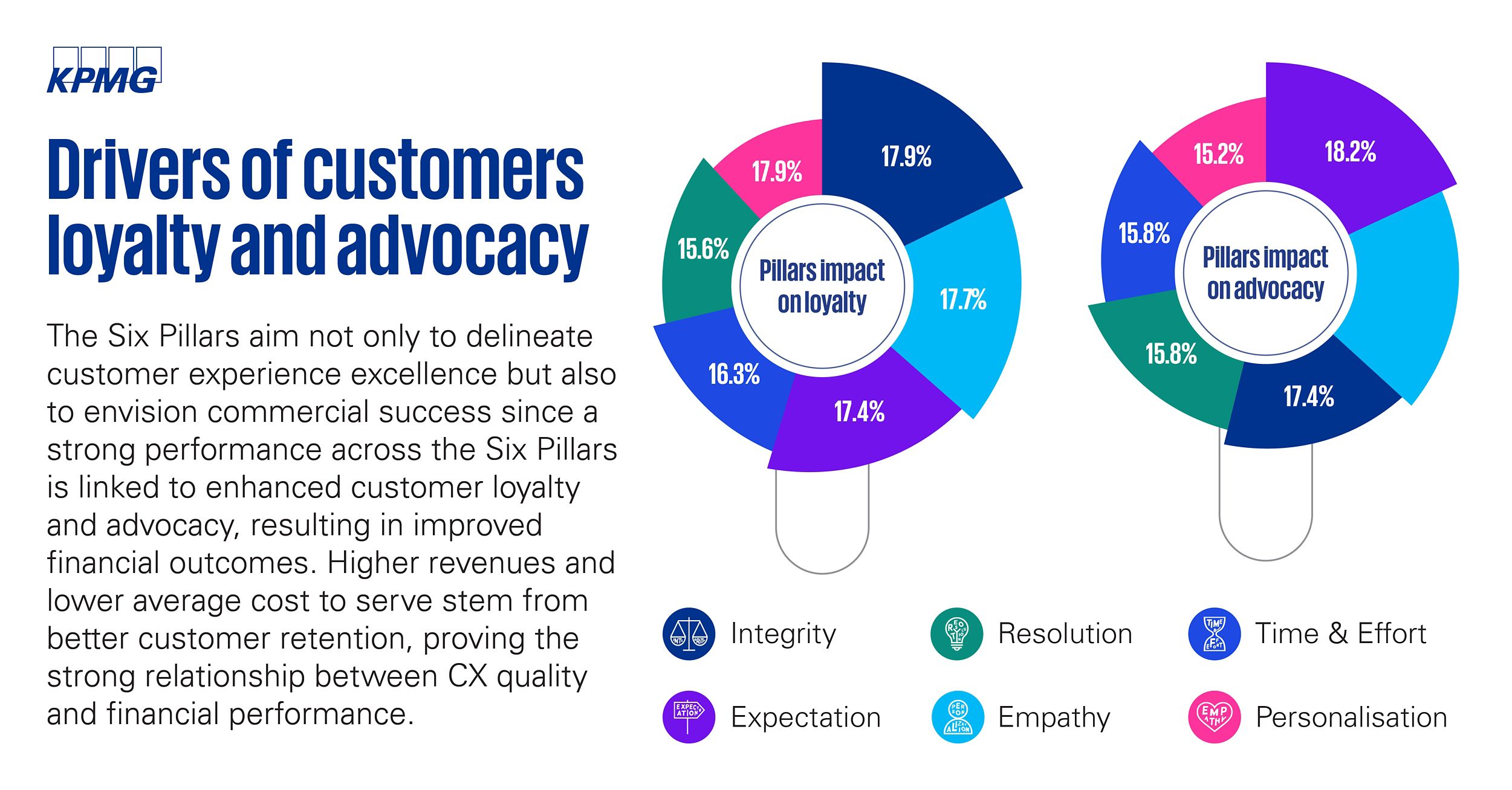At its heart, customer experience should be simple; treat customers well and ensure they feel valued so that they keep coming back and advocate for new ones to come and stay. The reality is, this oversimplification can be hard work for the enterprise to plan, execute and maintain.
Increasingly, there are many moving parts that don’t always work well together. There are everyday business needs, like hiring and training, adopting technology, maintaining costs while managing a relevant product portfolio. Elements that make it easy to be diverted from the consistent delivery of the right customer experience in a way that supports delivering compelling customer economics.
It has become evident that designing and delivering compelling customer experiences needs a high degree of orchestration across the business. This orchestration requires breaking down complexity and aligning the business around the customer; based on a deep understanding of the customer segments, their needs, the surrounding marketplace, and how the organization responds to those needs.
For some this has involved a complete reset, for others reconceiving how they make the most of potential opportunities, but for all it has meant a fixation on the customer to deliver an experience that ’works’ well.
Achieving significant growth, however, is less straightforward — it requires concentrated thought about the customer, their lives, their problems and how they might be solved. It involves answering the questions: “Do we need to sell more to existing customers, or do we need to attract new ones? Are there segments that are being underserved with unmet needs, or should we focus on new segments altogether?”
Organizations have also had to give due consideration to their culture, and whether it will accelerate or inhibit their strategy. They have had to be clear on how their employee experience drives the desired customer experience while seeking to foster an agile culture and ensure that the organization consistently thinks customer-first.
Traditional companies have had to consider how they align customer journeys with internal departmental responsibilities and how they embrace agile-at-scale in a functional environment. Enterprise-wide adoption of advanced technologies requires new ways of thinking about how technology is introduced — moving away from the traditional waterfall development to minimum viable product releases that are then refined and improved.
For some organizations, the urgent fixes required to deal with the Covid-19 pandemic were short-term and probably not suitable or sustainable over the long term. However, the leaders in our research have responded rapidly and decisively to the challenges of the past year. What previously took years to achieve has been completed in months. This has required the careful orchestration of capabilities, managing both their interconnections and interdependence.
As part of this global survey, already twelve years underway, we assess emerging customer experience leading practice across 26 countries, regions, and jurisdictions with over 88,000 consumers rating their experiences with some 2,900 companies to identify the organizations that are leading the pack. This year, we ran this survey for the second in Saudi Arabia and are glad to present you for the first time with this comprehensive publication.

Connect with us
- Find office locations kpmg.findOfficeLocations
- kpmg.emailUs
- Social media @ KPMG kpmg.socialMedia
